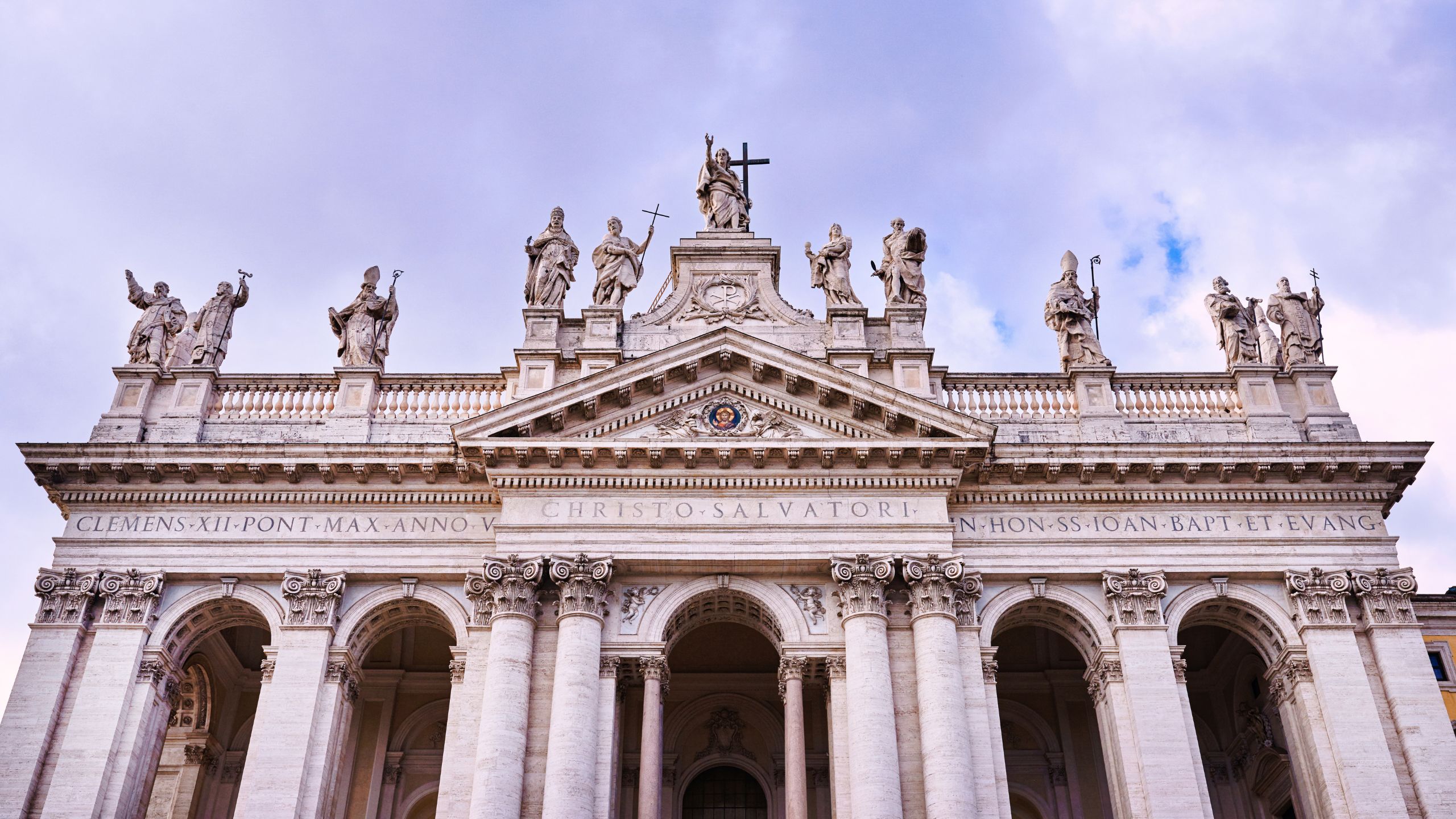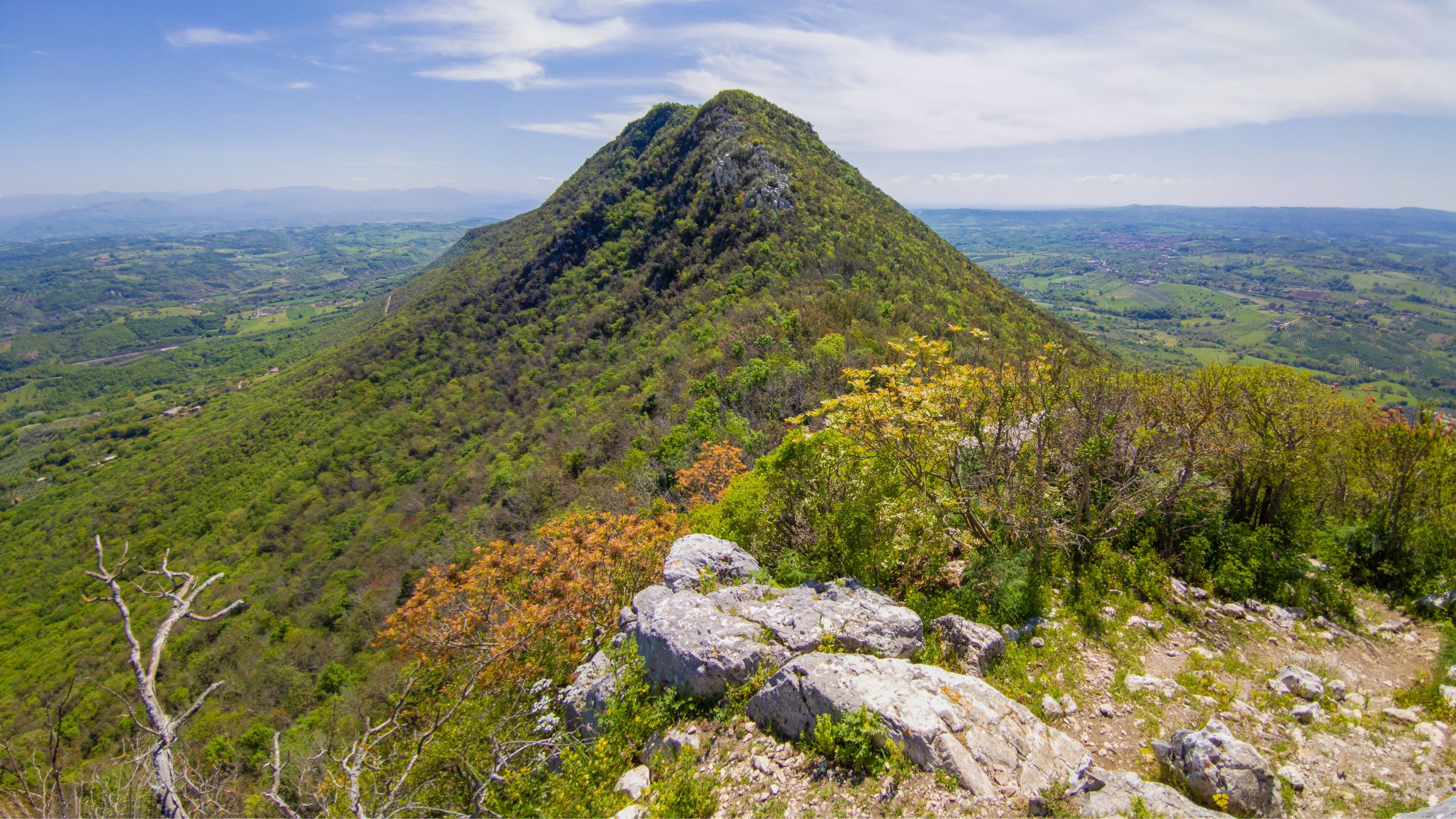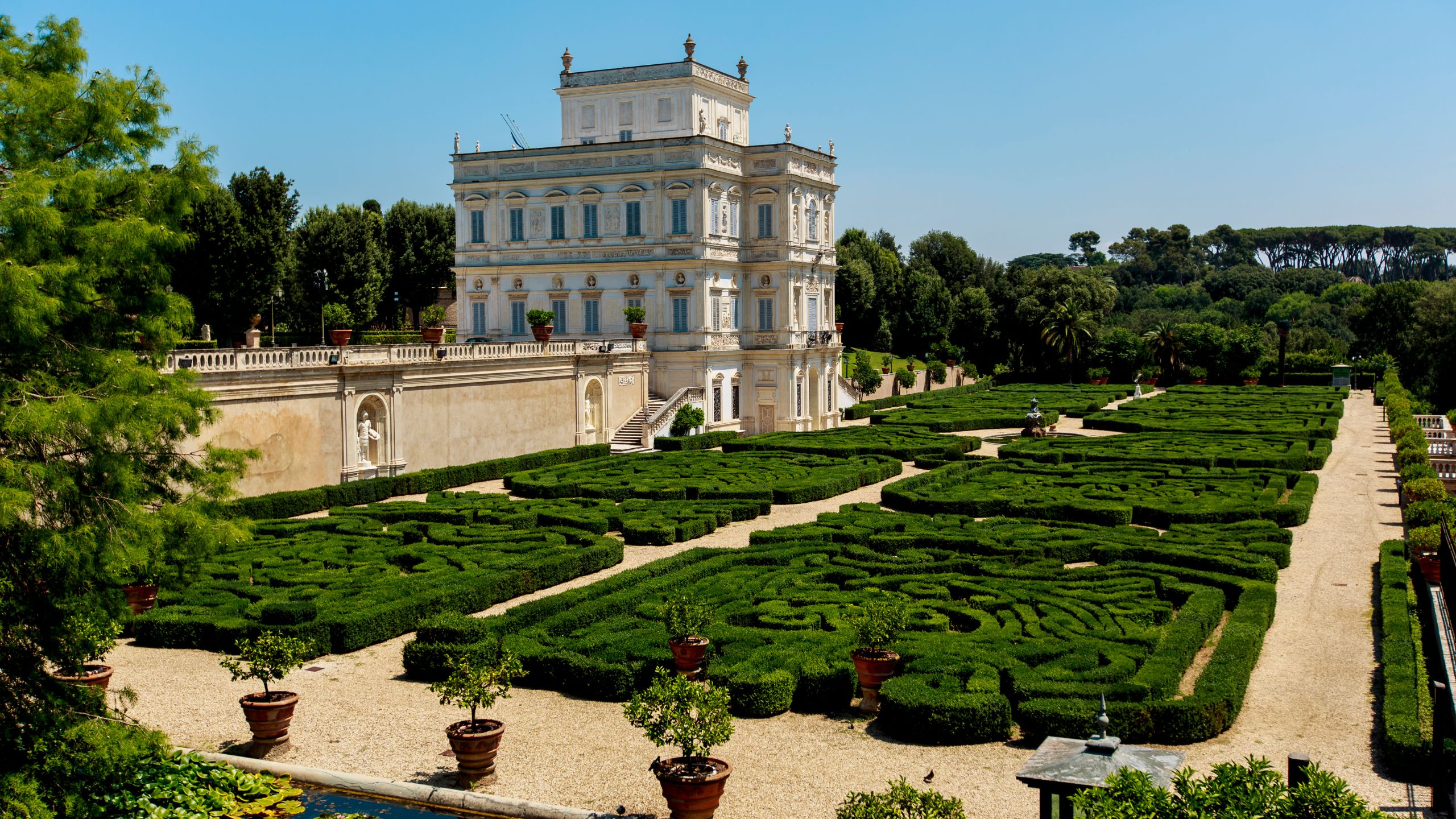A film and a lucky TV series, but what really is the “Suburra”?
Rome 2000 years ago, with its great social differences, highlighted by some disreputable districts. The most dangerous certainly was the "Suburra", a group of "insulae" (3-5 floors houses of the peasants), populated by thieves, criminals, prostitutes and any kind of bad people. Homicides, ambushes, thefts were very common, even if the district was populated by famous people part of the history and protagonists of the ancient Rome, too. This is the picture of the neighborhood nowadays is the elegant Rione Monti, famous for being a quiet and rich area.
The movie and the TV series inspired by the "Suburra" The movie and the TV series inspired to the "Suburra" have perfectly described what used to happen in the peasant Rome.
Rich and poor people together, the hardest luxury together with prostitution, life with no value and any kind of low level actions.
Both the film and the series had a quiet success, probably because of the anxious sensation they transmitted to the audience, over the limit of what is morally and civilly permitted. Transgression was the predominant feature of this district, in some ways far from the richest citizens’ life, to not disturb them.
The "Suburra" and the historical characters
In that so dirty and bad atmosphere, the famous Julius Caesar himself was born, the one everybody knows as one of the most important and famous emperors of the ancient Rome. Nero used to dress up as a poor man, to go around the lines of the city and listen to the people comments about him.
He used to enter the "Suburra" to discover if they liked him, and he obviously had also some negative feedback sometimes.
Another famous character that used to walk along these places was Messalina, Emperor Claudius' wife.
She was not exactly a shy woman according to her costumes, as the biographers Tacito and Svetonio told us, talking about peculiar fun facts about her secret life. Messalina used to dress up as a prostitute to vent all her libidinous instincts with anybody. The "Suburra" was famous also for the high concentration of brothels, in which the woman introduced herself wearing a red wig, symbol of the women of easy customs.
The name Messalina used with her customers was "Lisisca" that means "bitch". The men attending the "Suburra" were gladiators, slaves, sellers, sailors, mercenaries and inns managers.
Life in the "Suburra"
The "Suburra" was divided in two areas. There was the lower part and the Palatino hill - maior - that got marshy, so that the art of the famous war was called "dei Pantani" (that means the "arch of the bogs"). The atmosphere there was always characterized by people screaming, fires in the houses where they use to cook, and boil water for lunch and dinner. Most of the houses were made of wood, so they were often affected by fires creating enormous damages and many victims.
There were no drains, so the physical needs were collected in the streets, consequently bad smelling and unhealthy.
People used to get easily sick and their life was no longer than 45-50 years.
The toponym "suburra", from Latin "sub-urbe" - that means suburbs - was connected to the lower position of the area, whose original nucleus was on the Palatino Hill. The legend of the Foundation of Rome actually tells that Romolo dug a hole around the area where he built the defense walls of the city. The slope of the hill was even more evident than nowadays, because it was an area 10-15 metres lower than today. The "minor" Suburra near the current church of San Pietro in Vincoli, was less noisy and somehow partly touched by the intellectual and religious life of the city.
There were many temples, as the Fori Romani show, telling about an intense spiritual life in the ancient city. The intellectuals of the time relied on the writing skills of some slaves, that used to write down Greek and Latin works.
The "Suburra" wall
The danger of fires, homicides and the contacts with the inhabitants of the "Suburra" itself led to the construction of a big 33 metres high wall, you can partly still see nowadays. The heavy bricks that composed it haven't been fixed by mortar, but they have exclusively been linked by their own weight, for 2000 years.
On the wall, there is the Marte Ultore theatre, inside the Fori Imperiali, you can get in by the Arco dei Pantani.
The urban changes of the "Suburra"
The "Suburra" was affected by great urban changes, especially during the construction of the Fori Imperiali of Traiano and Giulio Cesare, when its expansion got arrested. In the highest part aristocrats and many citizens left the area.
The population decreased during the Middle Ages, and after the built of some streets. Many people moved near the Tiber, but the "Suburra" was crossed also by the street that brings to the Basilica of San Giovanni in Laterano.
The pilgrims actually attended the district and saw there were built also some noble families towers, such as the ones of the Grillo and Conti's families, you can still distinguish nowadays, even if a little bit modified.
Between the end of 1500 and early 1600, new street were built in the area, such as the nowadays Via Panisperna and Via Cavour, in 1800.
During the Fascist period, Via dei Fori Imperiali was built, after the destruction of the whole district, eliminating the majority of the areas once part of the "Suburra".
Today you can see some rests of the area, walking around the streets in the city centre or in Rione Monti, but the majority of it was absorbed or it is now underground.
You can still see Piazza della Suburra, as you can see by an aedicule in the corner of a building in front of the Cavour underground stop exit. The aedicule remembers there was the church San Salvatore alle Tre Immagini. It was demolished in 1884, after the opening of the street with the same name.
Do you want to stay in Rome?
For this location we recommend Hotel Oxford, the ideal starting point to discover Rome!



